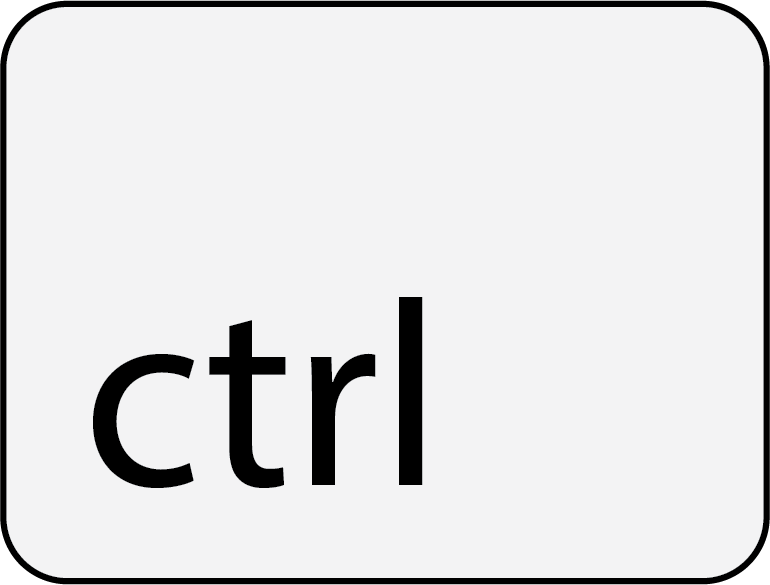$$ C_{P,i} = A_{i} + B_{i} T + C_{i} T^{2} + D_{i} T^{3} + \frac{ E_{i} }{ T^{2} } $$
where T is in kelvin, \( C_{P,i} \) is heat capacity of component \( i \) ( J/[mol K] ), and \( A_{i} \), \( B_{i} \), \( C_{i} \), \( D_{i} \), and \( E_{i} \) are constants for component \( i \). These constants are only valid over a specified temperature range1.
$$ \Delta H_{rxn} = \sum_{i} \left( \nu_{i} \Delta H_{f,i} \right) $$
where \( \Delta H_{rxn} \) is heat of reaction at 298 K, \( \nu_{i} \) is a stoichiometric coefficient, and \( \Delta H_{f,i} \) is the heat of formation (enthalpy of formation) of species \( i \). Heats of formation are at 298 K. For example, for methane:
$$ \Delta H_{rxn} = 2 \Delta H_{f,H_{2}O} - \Delta H_{f,CH_{4}} - 2 \Delta H_{f,O_{2}} $$
$$ \Delta H = Q = 0 = n_{fuel} \Delta H_{rxn} + \left( n_{O_{2}} H_{O_{2}} + n_{N_{2}} H_{N_{2}} + n_{CO_{2}} H_{CO_{2}} + n_{H_{2}O} H_{H_{2}O} \right)_{out} - ( n_{O_{2}} H_{O_{2}} + n_{N_{2}} H_{N_{2}} + n_{fuel} H_{fuel} )_{in} $$
$$ \Delta H = n_{fuel} \Delta H_{rxn} + \sum_{i} \left( n_{i}^{out} \int_{298}^{T} C_{P} dT \right) - \sum_{i} \left( n_{i}^{in} \int_{298}^{T_{in}} C_{P} dT \right) $$
where \( n_{i}^{out} \) is the moles of component \( i \) leaving the furnace, \( T \) is the adiabatic flame temperature, \( n_{i}^{in} \) is the moles of component \( i \) fed to the furnace, and \( T_{in} \) is the feed temperature for each component fed to the furnace.
These calculations use the equations for enthalpy in the NIST webbook (
webbook.nist.gov). These equations result from integrating the heat capacity as a function of temperature, applying the limits, and then grouping terms into constants \( F \) and \( H \) (where \( H \) is an arbitrary label unrelated to enthalpy) so that enthalpy at a given temperature is found using this equation:
$$ H_{T} - H_{298} = A_{i} T + \frac{ B_{i} T^{2} }{ 2 } + \frac{ C_{i} T^{3} }{ 3 } + \frac{ D_{i} T^{4} }{ 4 } - \frac{ E_{i} }{ T } + F - H $$
where \( H_{T} \) is enthalpy (kJ/mol) at temperature \( T \) (K) and \( H_{298} \) is enthalpy (kJ/mol) at 298 K.
 +
+  on Mac or
on Mac or  +
+  on Windows. To zoom in, use
on Windows. To zoom in, use  +
+  on Mac or
on Mac or  +
+  on Windows.
on Windows.